Jewish Women’s Voices Matter
Your gift keeps these stories alive—it will be matched through year’s end, up to $50,000.
Help us meet our year-end goal
$40,000 of $50,000 raised.
Your gift keeps these stories alive—it will be matched through year’s end, up to $50,000.